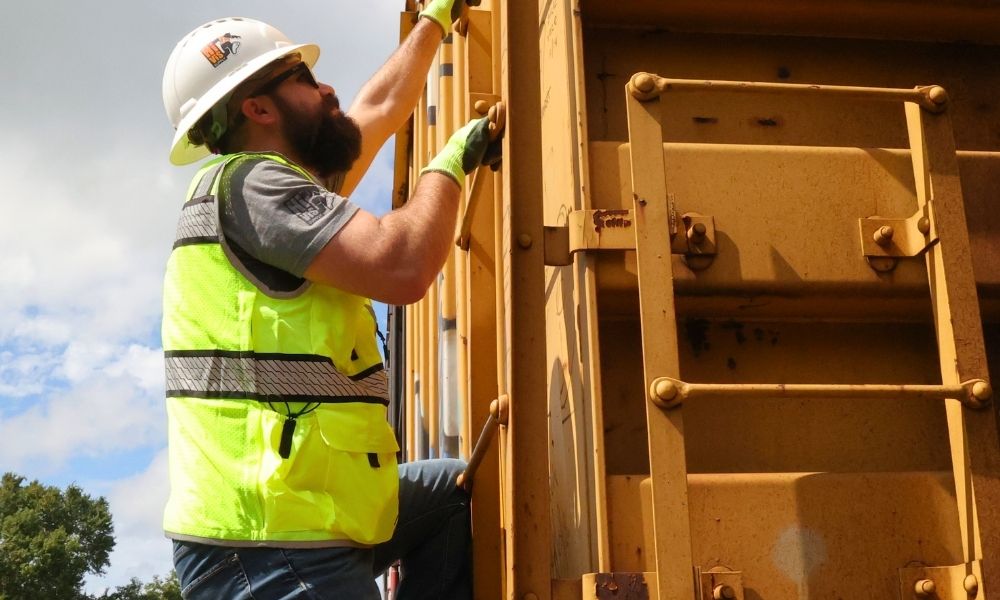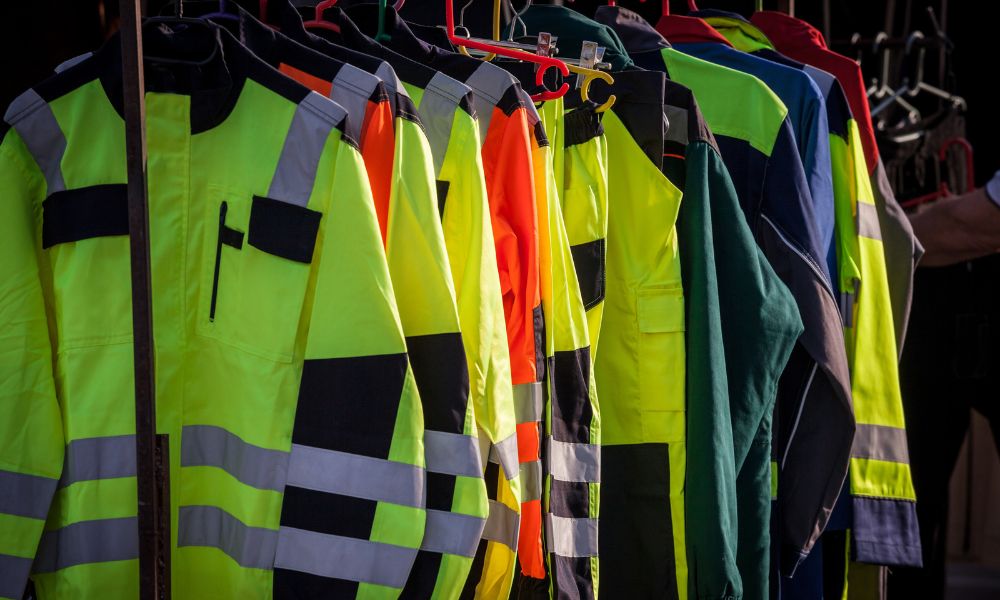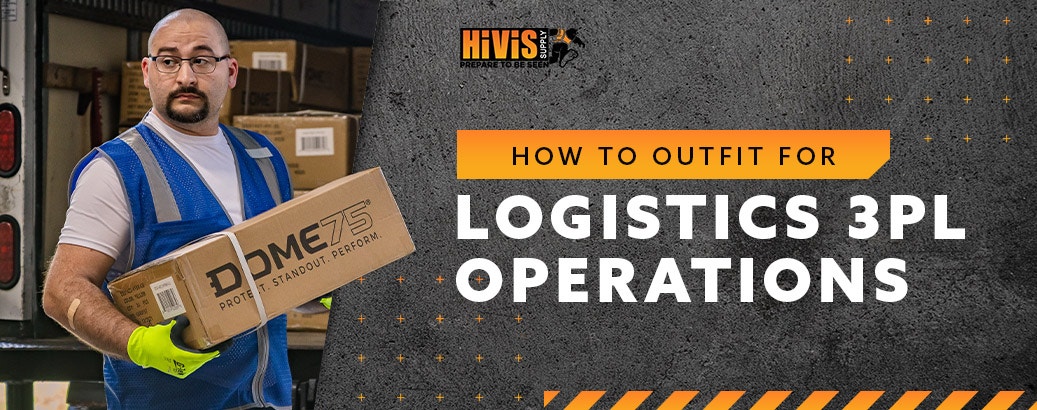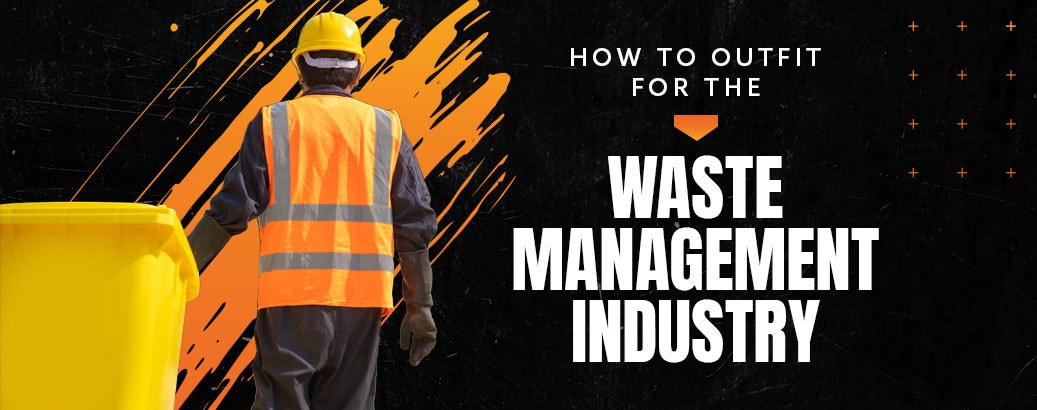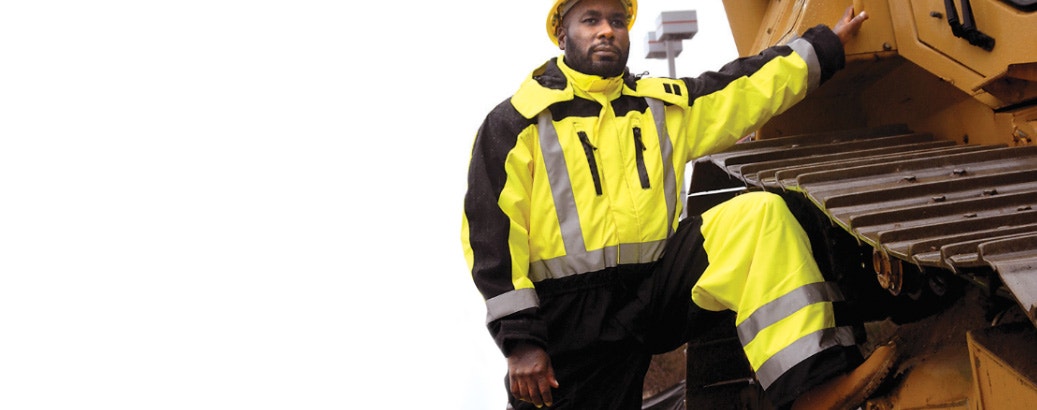A Brief History of Eye Protection in the Workplace
- May 3, 2013
 Thanks to the technological advancements and manufacturing breakthroughs of the last 15 to 20 years, there have been some major advancements in the quality of protective eye wear. Long gone are the days of large, bulky, uncomfortable box-like lenses featuring crude rubber headbands and rather unappealing characteristics.
Thanks to the technological advancements and manufacturing breakthroughs of the last 15 to 20 years, there have been some major advancements in the quality of protective eye wear. Long gone are the days of large, bulky, uncomfortable box-like lenses featuring crude rubber headbands and rather unappealing characteristics.
Today we have the luxury of comfortable, distortion free safety eye wear with a wide range of styles and options, many of which have been intentionally designed for executing specific tasks within the workplace. From scratch resistant to bullet proof, from anti-fog to anti-glare, technology is being used to develop eyewear that makes your job easier and safer than ever.
The Origins of Eye Safety
While it's hard to put an exact time on the invention of safety glasses, optical aids have been in common use since the early 11th century when pieces of convex glass were used to magnify images and text. While the first written historical record of magnification in general dates back to the 1st Century AD, the invention of actual eyeglasses wasn't until the 13th Century. It was in Italy around the year 1286 that the first pair were made, however it's said that the inventor was unwilling to share the technology with others. A short time after, a man by the name of Alessandro Spina was making eyeglasses and happily sharing his newfound feat with the public, even selling them. The image to the right is a portrait of the renown biblical scholar Hugh de Provence. While only a portrait, is the first pictoral evidence of eyeglass use and is dated from 1352. Not much more than mere spectacles, these early models did feature convex lenses that were capable of correcting farsightedness.
As time passed and things progressed, the designs became more functional and effective. Fast forward to 1880, when Powell Johnson had invented and patented something known as the "eye protector". This was the first form of widespread protective eye wear. The eye protector was created for furnace men, puddlers, firemen and others who needed visual protection from strong lights or intense glare.
20th Century Eye Safety
With the 20th Century's mass influx of technology and the industrial revolution, it's no surprise that safety glasses had naturally evolved also. The demand became very high as the need for eye protection in the workplace rose dramatically. Welders, fabricators, scientists, chemists, surgeons, etc. are just a few of the many occupations where the absence of eye safety would be considered detrimental to a worker's health and well-being. By the 40's, it wouldn't be uncommon to find a pair of safety goggles lying around the house or garage, wherever hand tools were stored.
Due to employment acts, workers rights and workplace protection legislation, it's now a commonplace requirement that people in certain professions are equipped with proper eye wear which is often to be provided at the cost of the employer. Production of complex liquids, fluids, chemicals, and pharmaceuticals has caused the demand for safety glasses to increase nearly ten-fold over the last 30 years alone.
Recent Advancements in Eye Safety
As the technology for reading glasses and vision correction has improved greatly, so has that of protective eye wear. Safety goggles and glasses are now made for practically any application imaginable. Protection from lasers, corrosive chemicals and even gunfire are readily available from many dedicated manufacturers who have spent thousands of hours performing research and testing to perfect their designs.
Most safety glasses are now made from high-impact polycarbonate materials that are lightweight and offer 99.99% protection from UVA and UVB rays. Advancements in lens technology has also helped to greatly reduce eye strain and fatigue, improve visibility, and offer a wider field of view for enhanced safety.
While certain eye safety products are geared towards outdoor work and sun protection, others are designed specifically for optimal vision when used in an indoor environment. Some manufacturers have went as far as identifying the various spectrum of light produced by different light sources and have developed glasses that maximize vision and clarity for these situations. Metal Halide and Mercury Vapor lighting is commonly used in warehouses, and Bollé Safety has designed lenses intended solely for these environments. The same approach has been applied to fluorescent lighting as well.
In other work environments, light may not be nearly as much of a concern as airborne particulates. Whether it's wood, metal or fine dust, particles that reach the eyes can cause irritation, swelling, discomfort and even injury. In the case of working with caustic chemicals or soluble powders, even a tiny amount of exposure can cause extreme pain, nerve damage or blindness. While sealed goggles are an easy solution, they don't breathe well and are generally uncomfortable for extended use, prompting manufacturers to integrate comfort features such as indirect ventilation, hi-tech foam padded frames and moisture resistant coatings.
Outdoor work is typically more focused on sun protection. The glasses are often called safety sunglasses, because they look like normal sunglasses but usually have high-impact frames and fog resistant lenses. These glasses are generally close fitting and utilize a high-contour design to prevent materials or objects from reaching the eyes should they become airborne. Rubber tips, temple areas and no-slip nose pads are usually included for comfort and to ensure the glasses stay put even during vigorous activity. Safety sunglasses are most widely used among construction workers, athletes and anything else outdoors where vision damage poses a potential risk.
After over a century of eye safety innovation, improvements are still being made to keep your eyes protected from the elements. If you can benefit from eye protection in the workplace, it's strongly recommended that you take advantage of it.
To view a complete selection of top brand safety glasses and other eye protection for the workplace, be sure to click hereand take a look around.


